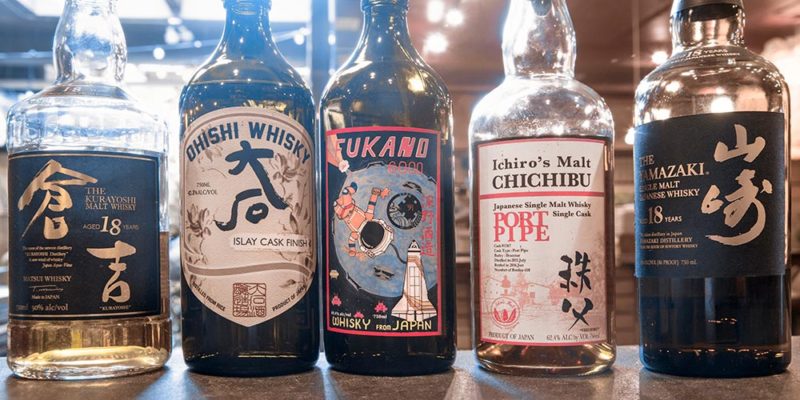Last Updated 10/15/2020
Produced around the globe– whisky is one of the world’s great spirits. It’s dark, rich, often strong, and exclusively grain-based. Oak aging is required after distillation to tame and transform the intense compounds that are present upon its birth.
These broad characteristics make whisky unique.
One of the great things about whisky is the variety of styles, hues, and flavor profiles that exist within a single category. If there is a downside, it’s the lack of a clear defining global standard. Different countries and styles have their own particular definitions of this tawny spirit.
Overall, whisky can be distilled down to a few generally agreed-upon principles. This article will teach you the basics to make you a smarter whisky drinker.
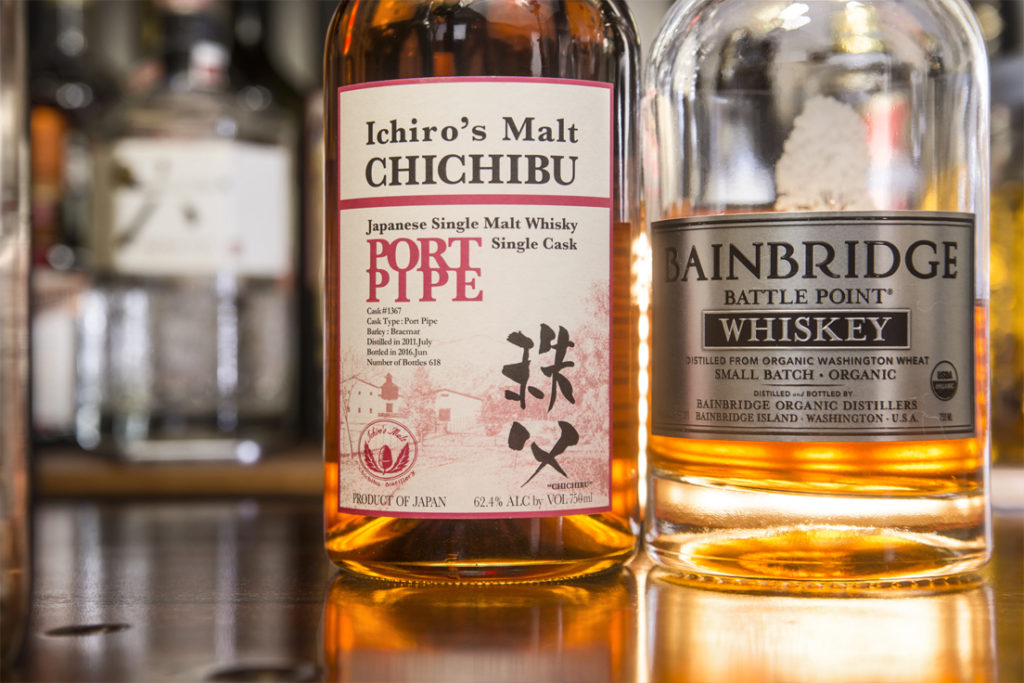
What is Whisky?
The first defining feature of whisky is that it’s a spirit produced from a fermented mash made exclusively from cereal grains. This means it’s basically hop-free beer. The most popular grains are barley, corn, rye, and wheat. Oats, rice, and other grains are also used depending upon what’s grown locally.
The second whisky standard is that it is distilled to less than 95% abv. This is so the final product retains some of the characters of its base ingredients. Most whiskies will be distilled to an initial proof that’s lower than this maximum. And, many quality whiskies will be distilled to 70% abv or less. The higher the proof of the freshly distilled spirit (new make): the purer it will be but at the expense of character.
Another key feature defining whisky is that it must be aged in oak barrels. That’s where it gets its colors. Additionally, because of whisky’s high level of base congeners: oak aging and time are needed to mellow out its profile. A minimum of two or three years of aging in barrel or cask is common for entry-level whiskies across the globe.
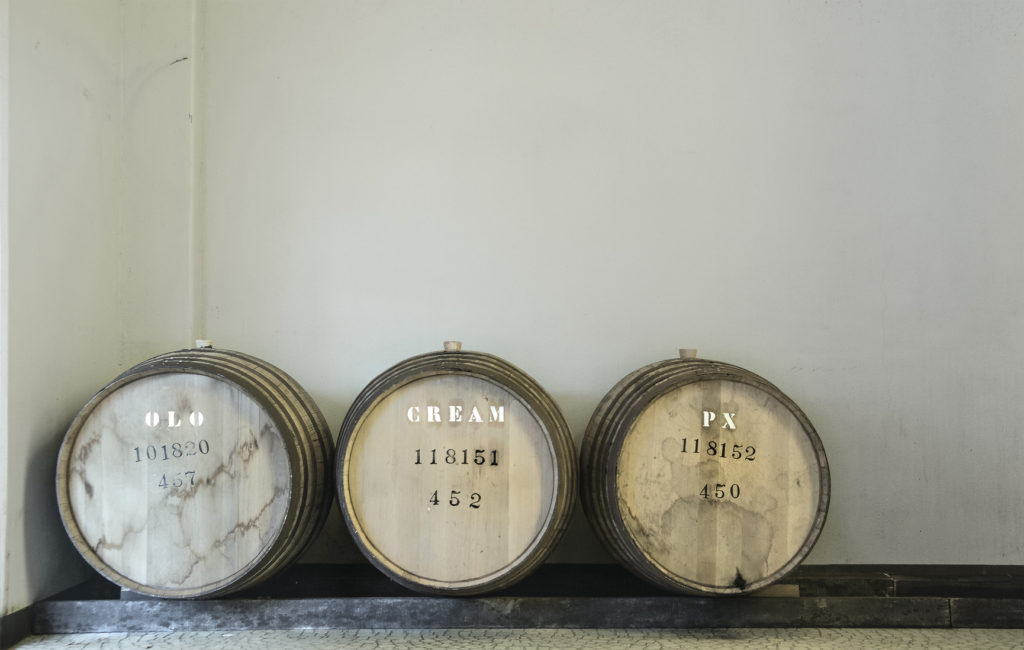
The final broad defining feature of whisky is a bottling strength of no less than 40% abv. As with most spirits: water is usually added to dilute the final product down to a more palatable alcoholic strength. This is often done after distillation but before aging, and then again later– just before bottling.
Collectively, these are broad rules that more or less define whisky. Each country will have its own specific definition, production regulations, and labeling laws. Regulations can also be different depending on if the whisky is for domestic consumption or for export.
A Brief History
Whisky is believed to have begun either with the Irish or Scottish Celts. The Irish Celts were calling it “uisgebaugh”, while the Scottish Celts used the similar term “uisgebeathe”.
Its first mention (as a spirit from grain) is in 1495 under the Exchequer Rolls of Scotland. A monk named John Cor was given malt and ordered by the king to produce aqua vitae, or “water of life”.
Later, when the English got ahold of the grain-based spirit, it became quite popular. They found the uisgebeathe hard to pronounce, surprisingly, and anglicized it down to “whisky”.
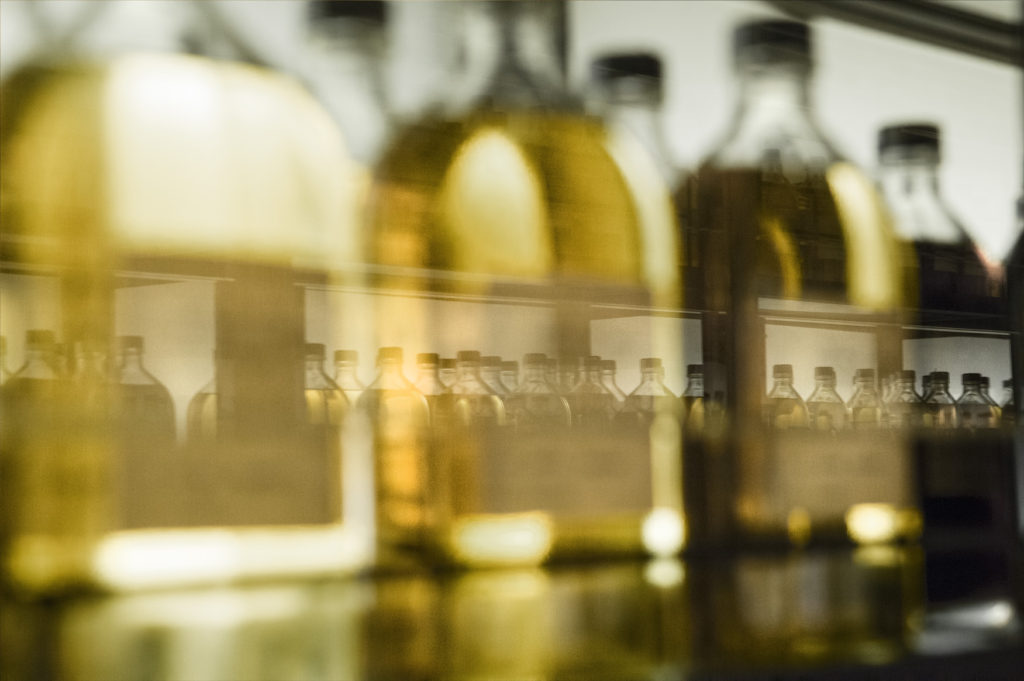
Is it Spelled “Whisky” or “Whiskey”
You may have noticed I’ve used the spelling “whisky” so far. The word originated from Scottish Celtic uisgebeathe and Irish Celtic uisgebaugh– both meaning “water of life”. The English later anglicized it to something more pronounceable and whisky was born. This spelling has hung on in Scotland. Canada and Japan also use this spelling. Meanwhile, the Irish spell it whiskey. Finally, in the United States: whiskey is commonly used, but either spelling is acceptable on labels.
Regulations by Country
Whisky regulations and its exact definition are defined by the specific country. What qualifies as whisky in one country may not qualify in another. This is notably true with Japanese whisky’s lax regulations and labeling laws that control the industry. The links below lead to official government pages defining the spirit.
U.S. — including Bourbon
Japan (日本語)
Types of Whisky
There are a number of different styles of whisky being made around the world. Below are some of the more common types you’ll encounter. Some are unique to a country of origin– some are more universal.
Single Malt
Single Malt is a whisky from a single distillery, made only with a single type of malted grain. In Scotland, this grain is required to be barley. In some other countries, it just has to be a malted grain (rye, wheat, etc.). Even in this case, malted barley is almost always the grain of choice. A single distillery can blend and bottle different components to produce single malt– as long as they’re made with all malted barley. Single Malt has been popularized by Scotch whisky, but these days most whisky-producing countries produce it.
Single Malt is considered a premium whisky. It’s often robust and rich in character, though there are many variations on this. Big names like Yamazaki, Macallan, and Kavalan are examples of prominent Single Malt producers.
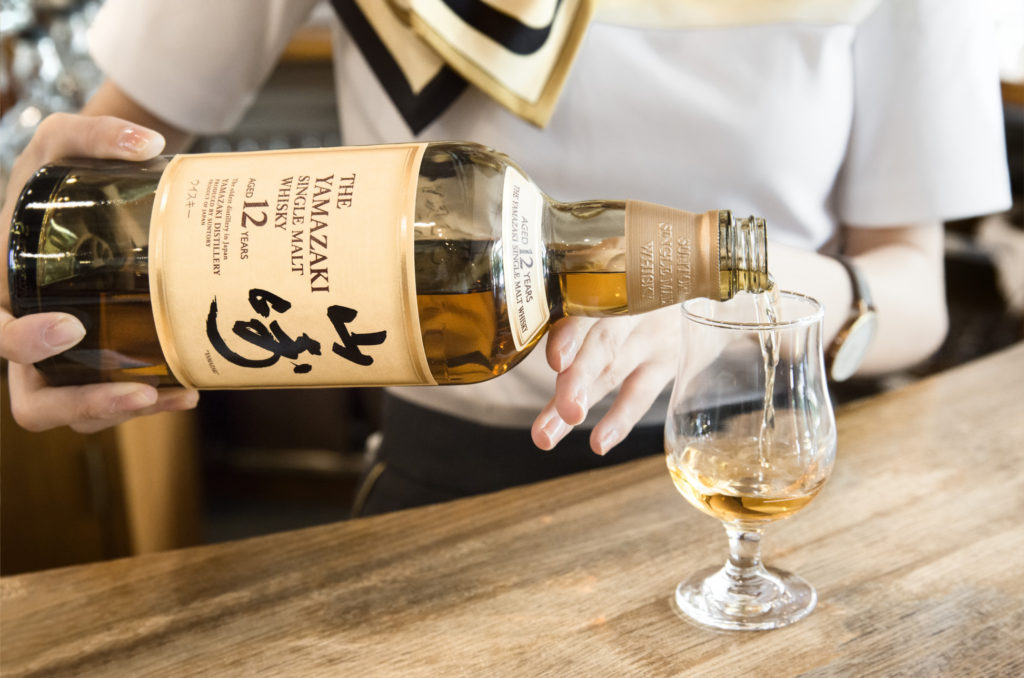
Blended Malt
A Blended Malt is born when two or more single malts from distilleries are blended and bottled together. The term Vatted Malt is sometimes used instead. The tasting profile of Blended Malt is similar to Single Malt– flavorful and full.
Single Grain
A Single Grain whisky is similar to a Single Malt in that it must be made at a single distillery. The difference is that multiple grains can be used– malted and un-malted. Corn, wheat, rye, and oats are often used. Single Grain whisky is not common but can be of high quality. It’s often produced in a continuous still.
Blended Grain
Blended Grain whisky is a blend of two or more Single Grains. Blended Grain is uncommon. It tends to be smooth and lighter in style. Blended grain is often distilled in a continuous still.
Grain Whisky
Grain whisky is often used for blends instead of being bottled on its own. In Scotland, it will be produced via hydrolysis. This saccharifies the grain without the use of malted barley. The resulting beer is distilled in a column to a high proof.
Blended
Blended whisky is a huge category. Some form of it is produced by basically every whisky-producing nation. There are many variations in form. Blended Scotch is the most common type of Scotch Whisky. It’s often a blend of many malt whiskies from different producers, as well as a few column still grain whiskies. The malt content is typically around a quarter to half of the overall blend.
In the United States, Blended whiskey is not as common as in other countries. It consists of a single or multiple straight whiskies blended with lighter whiskies, neutral grain spirit, coloring, flavoring, and other shenanigans.
Pure Malt
A Pure Malt is made up of different Single Malts from different distilleries– but owned by the same company. This is mainly a Japanese thing (Nikka, Suntory). Sometimes this term is used interchangeably with Blended Malt.
Pure Pot Still
Pure Pot Still Whiskey is an Irish category. It is produced solely from barley and malted barley in the pot still of a single distillery. Redbreast is well-known for this type of Irish Whiskey.
Bottled in Bond
This U.S. bourbon designation requires a whiskey to be produced by one distillery during one distilling season and at 100 proof. It must then be aged for 4 years inside a locked (bonded) warehouse. This whiskey style came about in response to unscrupulous bourbon producers using all kinds of things to enhance their unpalatable, often unaged, “whiskies”.
Bottled in Bond, or Bonded, whiskey allowed for some consumer protection as well as protecting the good name of bourbon. Producers weren’t taxed on the angel’s share– just the whiskey that remained after the four years under lock and key. Bottled in Bond is no longer common.
Bourbon
Bourbon is named for Bourbon County, Kentucky. Despite the name– it can be made anywhere in the U.S.. Bourbon requires at least 51% corn in the mash bill. Aging in new, charred oak is required as well. There is no required amount of aging. Pot stills are sometimes used for Bourbon production, but most distillers use a single column or hybrid still for the first distillation. This will typically be followed by a second distillation in a doubler or thumper– which are basically pot stills.
Bourbon is well known for “sour mashing”. This is the practice of taking some of the left-over dregs (backset) from the first distillation and using it for the next fermentation/batch. The backset is quite acidic and also leads to consistency across distillation runs.
Tennessee Whiskey
Tennessee Whisky is very similar to Bourbon in most respects. One difference is that it must be made in Tennessee. The other major change is the required “Lincoln County Process”. This consists of filtering the whiskey (before maturation) through sugar maple charcoal. The spirit is lightened while distinctive notes of maple and char/smoke are added. George Dickel and Jack Daniels are famous producers of Tennessee Whiskey.
Straight Whiskey
In the U.S., the most basic category is simply called Whiskey. The regulations for this designation are fairly limited. A Straight Whiskey is a sub-style with stricter rules and it can apply to a variety of other U.S. whiskey types. Required are at least 51% of a major grain (corn, rye, or wheat), must be distilled to between 65% and 80% abv, and must be aged for a minimum of two years in new, charred oak barrels. Straight whiskey also has a minimum bottling strength of 40% abv. If Straight Whiskey is aged for less than four years– it must state the whiskey’s age on the label.
As mentioned above: Straight Whiskey is a sub-style, and it can apply to a few different types of American whiskey. The most common is Straight Bourbon. It requires a minimum of 51% corn and a maximum of 80%. Rich and spicy Straight Rye Whiskey requires a minimum of 51% rye. Straight Wheat follows this same guideline. And finally, Straight Corn Whiskey requires at least 80% of the grain bill to be corn.
Rye, Corn, and Wheat Whiskey
This trio of U.S. whiskey designations parallels Bourbon requirements with the main difference being the grain bill. Rye Whiskey must use a minimum of 51% rye. Rye tends to be spicy and often hot. Wheat Whiskey the same but mandating wheat. Wheat tends to make lighter, softer whiskey. Corn Whiskey requires a minimum of 80% corn. No aging is required for this last type, though if barrels are used they must be used. Corn Whiskey is typically sweet and soft.
Light Whiskey
Light Whiskey was born in the land of Lite beer and processed unhealthy food. It’s distilled in a column to a high proof and is barely aged in mostly used barrels. This helps achieve it’s “cheap vodka in whiskey clothing” character. Light Whiskey is rarely seen bottled on its own and is typically blended with other whiskies.
Shochu-Based / Koji Whisky
This is a new, informal category that has emerged from Japan. There is no mash of traditional grains; which typically includes some portion of malted barley. Instead, the primary ferment is sake that is koji rice-derived. It’s basically honkaku (once-distilled) genshu (undiluted) shochu that has been aged in a barrel until it develops sufficient color and whisky-like character. Shochu can not legally have too much color which is the source of this oddball’s development.
At the end of the day: shochu-based whisky does taste like the traditional malted barley-based whisky. It tends to take on the profile of the barrels over time. Shochu-based whisky is often a bit lighter than traditional whiskies. Fruity notes like green apple and banana are also common. The two champions of this style of whisky are Fukano and Ohishi. Both are based in Kumamoto and are producers of Kuma-jochu rice shochu.
Koji whisky is a whole topic in it’s own right. It will be covered in a future post from The Japanese Bar.
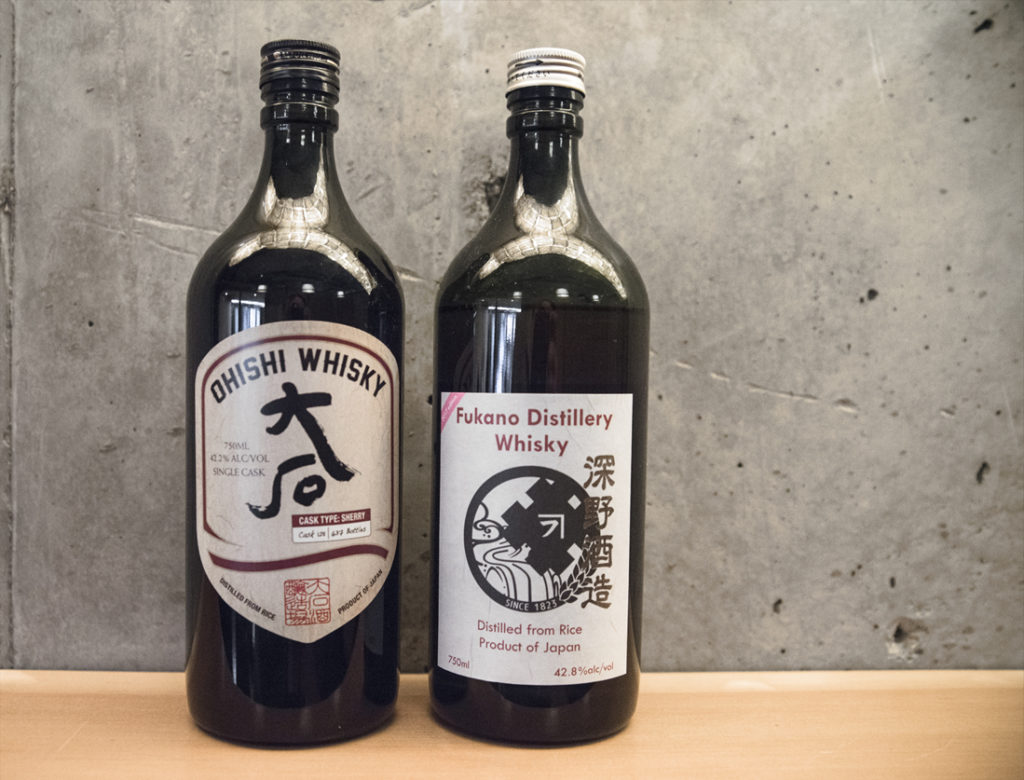
Recommended Whisky Products
As an Amazon Associate I earn from qualifying purchases.
Age Statement
The amount of time a whisky spends aging in a barrel has a massive impact on the final product. So it makes sense that age statements on the bottle would have a big impact on consumers and price. The standard rule for age statements on the label is that the number represents the youngest component used in a blend.
A higher age statement will typically demand a higher price. And this makes sense. A higher age statement does not, however, mean that the whisky is better than one that has a lower age statement. It’s also becoming more common to find whiskies bottled without an age statement. This is dubbed “NAS” whisky. There are many fine NAS whiskies on the market.
Sources and Recommended Links
There were a variety of sources used to compile this whisky basics post.
The most important source for me has been my Certified Specialist of Spirits education through the Society of Wine Educators. Their Certified Spirits Educator certification program is another level up and one that I aspire to complete. I highly recommend this educational guild for spirits enthusiasts of all kinds.
Other Sources and Links
Fred Minnick. Pot Still Bourbons. Whisky Magazine.
Jake Emen (12/1/2016). Explore Whiskey Made From Alternative Grains. Whisky Advocate.
D.S. Pickerell. (2000) Whisky: Distillation. The Academic Press.
National Library of Medicine. 4-Methoxyphenol. Pub Chem.
Alan Tardi (5/4/2020). What Are Wine Tannins? Wine Folly.
David Broom (2014). Whisky – The Manual. Octopus Publishing.
Whisky. Wikipedia.
The Next Step
Not that we’ve defined whisky, the next step is to dive into how it’s made. Check out part two: The Fundamentals of Whisky Production.
Follow the Japanese Bar on Social Media
Connect with our latest posts, the newest Japanese beverage info, and get exclusive promotional offers. Level-up your Japanese whisky IQ!


